
As part of this announcement, the administration launches initiatives across the National Institutes of Health, the FDA, and the Center for Medicare & Medicaid Services.

As part of this announcement, the administration launches initiatives across the National Institutes of Health, the FDA, and the Center for Medicare & Medicaid Services.
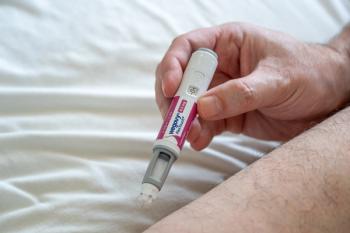
Through her work as senior vice president of payor solutions at Prescryptive Health, Rae McMahan shares insights into how increased GLP-1 popularity and costs impact pharmacies.

As their scope of practice continues to expand, researchers issue a survey on how community pharmacists conduct point-of-care testing for acute upper respiratory tract infections.

The vote for state and local jurisdictions requiring a prescription for administration of COVID-19 vaccines failed after a tiebreaker vote from the committee chair.

Rae McMahan, senior vice president of payor solutions at Prescryptive Health, discusses GLP-1 access, advertising, and the challenges that often accompany this drug class.
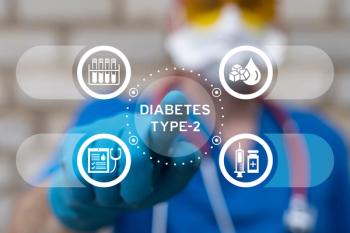
The clinical impact of sodium-glucose cotransporter 2 inhibitors on adults with type 2 diabetes calls for further research on the risk factors of treatment failure and patients’ economic outcomes.

Bumetanide nasal spray is available in 0.5 mg, which is an alternative to traditional oral and intravenous formulations for outpatient therapies.
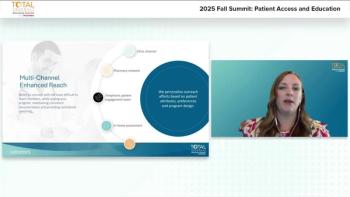
Dani Markus, PharmD, MBA, discusses the importance of technology in the modern pharmacy era and how it's helping community pharmacists become central figures in health care.
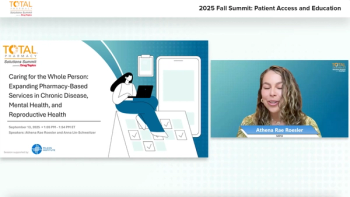
Athena Rae Roesler, MPH, and Anna Lin-Schweitzer, MPH, from the Milken Institute, discuss pharmacists’ role as essential care partners that improve a variety of health concerns for their community’s patients.
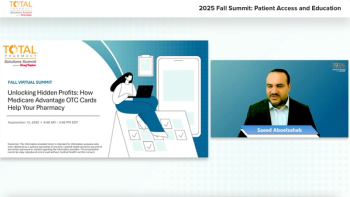
Saeed Aboelzahab, director of consumer health at Cardinal Health, discusses the opportunities for community pharmacies to grow revenue through Medicare Advantage OTC benefits.

Shantel Upshaw Houston, PharmD, discusses the vital role of pharmacists in bridging health care gaps and fostering community connections to improve patient care.

Tripp Logan, PharmD, and Jake Galdo, PharmD, discuss the nuances behind community pharmacy practices and the importance of understanding patient, policymaker, and provider perspectives.

Chris Bell, JD, vice president of business operations at API Warehouse, discusses proactive approaches in preventing fraudulent threats and staying compliant with DSCSA.

FDA approves ruxolitinib cream for children with atopic dermatitis, offering a new nonsteroidal treatment option for better symptom management.

This year’s event, from October 18-21, 2025, will take place in New Orleans, Louisiana, at the Ernest N. Morial Convention Center.

The recommendations are provided through the West Coast Health Alliance and pull from guidance from the American Academy of Pediatrics and other organizations.

While experts agree there is no one-size-fits-all approach, addressing medication nonadherence among patients presents opportunities for pharmacists to set themselves apart as medication counselors.
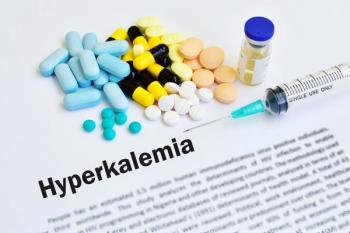
Hyperkalemia, chronic kidney disease, and hypertension often don’t manifest until the diseases become chronically uncontrolled, according to Ralph J. Riello III, PharmD, BCPS.

In an exploration of cardiovascular outcomes, health care utilization, and patient costs, researchers compare glucagon-like peptide-1s with alternative noninsulin glucose-lowering therapies.

This episode explores how recent trends in the retail community pharmacy industry are informing the actions of pharmacy leadership and their teams across the country.

The FDA also grants the biosimilar provisional interchangeability designation, making the drug substitutable at the pharmacy level.

In part 3 of our interview with Andrew Maiorini, PharmD, FAHM, vice president of clinical programs at PerformRx, he discusses the ways in which his company is helping patients stay adherent on their medications.

Calvin Hunsicker, founder & chief product officer at SureCost, discusses ongoing pharmacy procurement challenges in 2025 and how his company is helping businesses tackle common obstacles.

Pharmacists enhance menstrual pain management by integrating holistic strategies, empowering women with personalized care and evidence-based guidance for better health outcomes.

Joanna Lewis, PharmD, MBA, discusses effective strategies for managing menstrual pain, including nonsteroidal anti-inflammatory drugs and supplements to enhance comfort and quality of life.

Among adults with type 1 diabetes, researchers explore how additional autoimmune diseases impacted patients’ physical and mental health burdens.

Approximately half of patients achieved a 50% or greater reduction from baseline monthly migraine days and sustained the response.

In a world of decreasing access to medications that are rising dramatically in price, Andrew Maiorini, PharmD, FAHM, reminds us of the power of patient engagement and communication.

However, a large majority of parents in the US believe routine childhood vaccines, such as the measles, mumps, and rubella vaccine and polio vaccine, are safe and important.

Using the Vaccine Adverse Event Reporting System database, researchers address adverse events following pneumococcal vaccination, as well as the association between adverse events and vaccine administration.